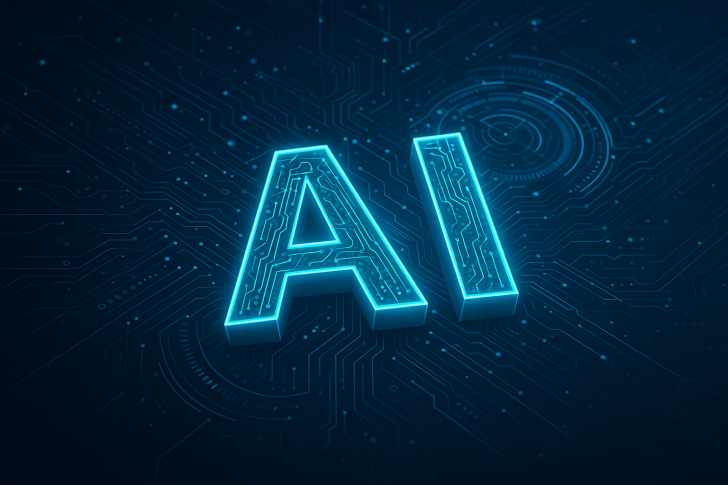The AI coding race just got a serious speed boost. Cognition and Windsurf's latest model, SWE-1.5, isn't just smart—it's fast.
What Makes SWE-1.5 Different
According to analyst Peter Gostev, the model hits an eye-popping 950 tokens per second, making it one of the quickest large models ever deployed. If his analysis is right, SWE-1.5 was built on GLM-4.6 from Zai_org, trained with thousands of NVIDIA GB200 NVL72 chips, and optimized for lightning-fast inference using Cerebras hardware. For developers, this could mean a whole new level of real-time coding collaboration.
Unlike typical language models that just spit out code, SWE-1.5 is built specifically for software engineering workflows. It doesn't just write—it interacts, debugs, and integrates directly into live development environments. Here's why that matters:
- Near-instant responses: At 950 tokens per second, there's virtually no lag—it feels like working with a human pair programmer
- Trained for accuracy: Reinforcement learning fine-tuned it on full-stack coding tasks, so it's not just fast—it's good
- Agent-native design: It can manage tasks across repositories, documentation, and tools autonomously, not just respond to prompts
This aligns with Cognition's vision of AI agents that act as active teammates, not passive assistants.
SWE-1.5's performance comes from some seriously advanced hardware. Training happened on NVIDIA's GB200 NVL72 clusters—next-gen GPUs built for massive reinforcement learning workloads. Then, for deployment, Cognition turned to Cerebras wafer-scale chips, which are known for ultra-fast inference. That combo is rare—most AI labs stick to GPUs all the way through. But this hybrid approach is what unlocks SWE-1.5's speed.
What This Means Going Forward
For developers, tools like Windsurf with SWE-1.5 could replace the usual stop-and-wait flow of coding assistants with something that feels seamless and interactive. For enterprises, faster inference means AI can plug into CI/CD pipelines, IDEs, and on-premise systems without lag. And for the broader AI ecosystem, it shows what's possible when companies like Zai_org, NVIDIA, and Cerebras collaborate.
Of course, running thousands of high-end GPUs and specialized inference chips isn't cheap—it's only feasible for well-funded labs right now. But the blueprint is there, and smaller open-source versions could follow soon.
SWE-1.5 isn't just another incremental upgrade—it's a shift in how AI coding tools are designed. By combining frontier-scale training with blazing-fast inference, Cognition has blurred the line between language model and autonomous agent. As the race toward truly autonomous systems heats up, SWE-1.5 might just be the template for what comes next—where speed, smarts, and real-time collaboration are the baseline, not the exception.
 Usman Salis
Usman Salis

 Usman Salis
Usman Salis


